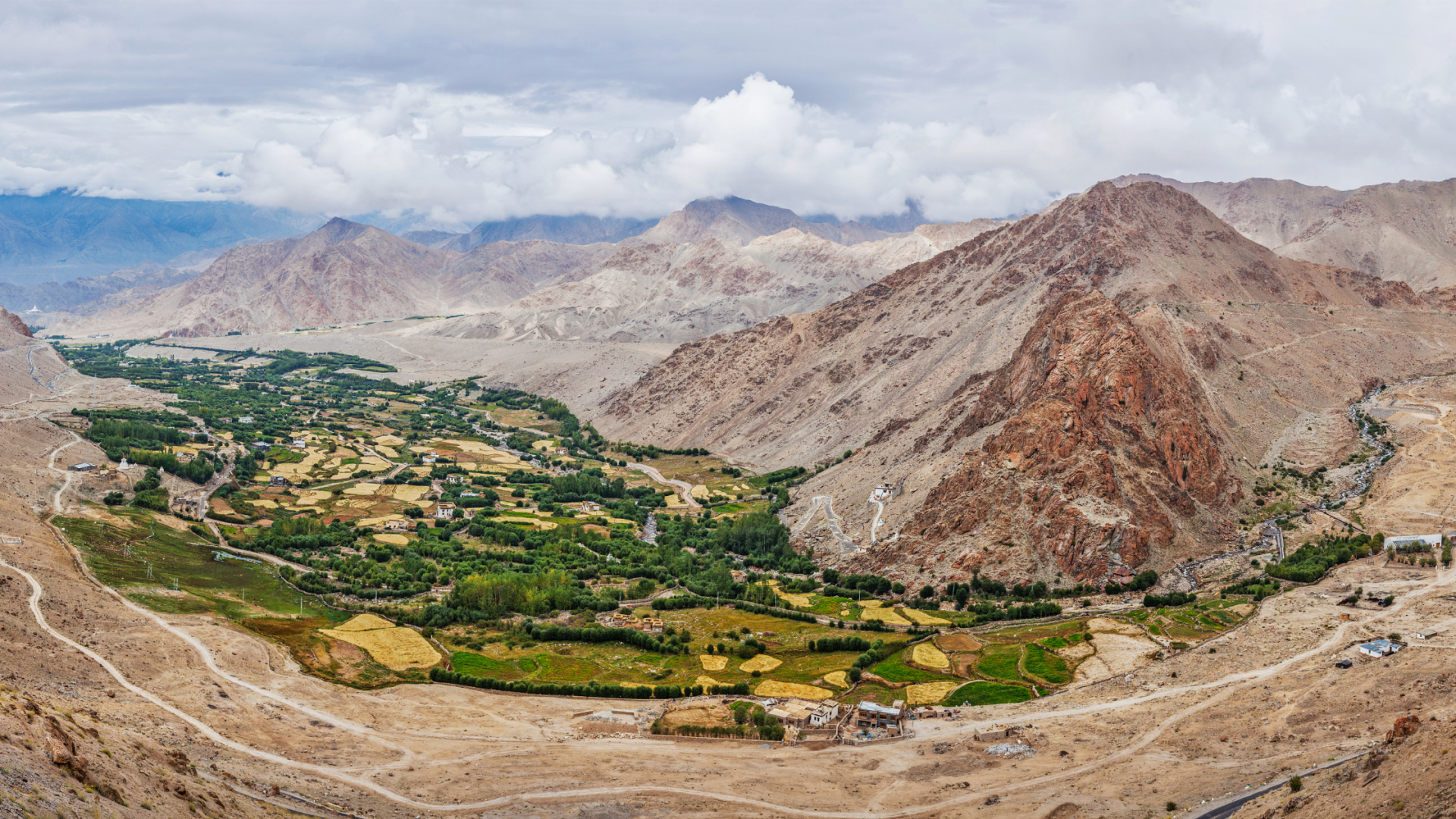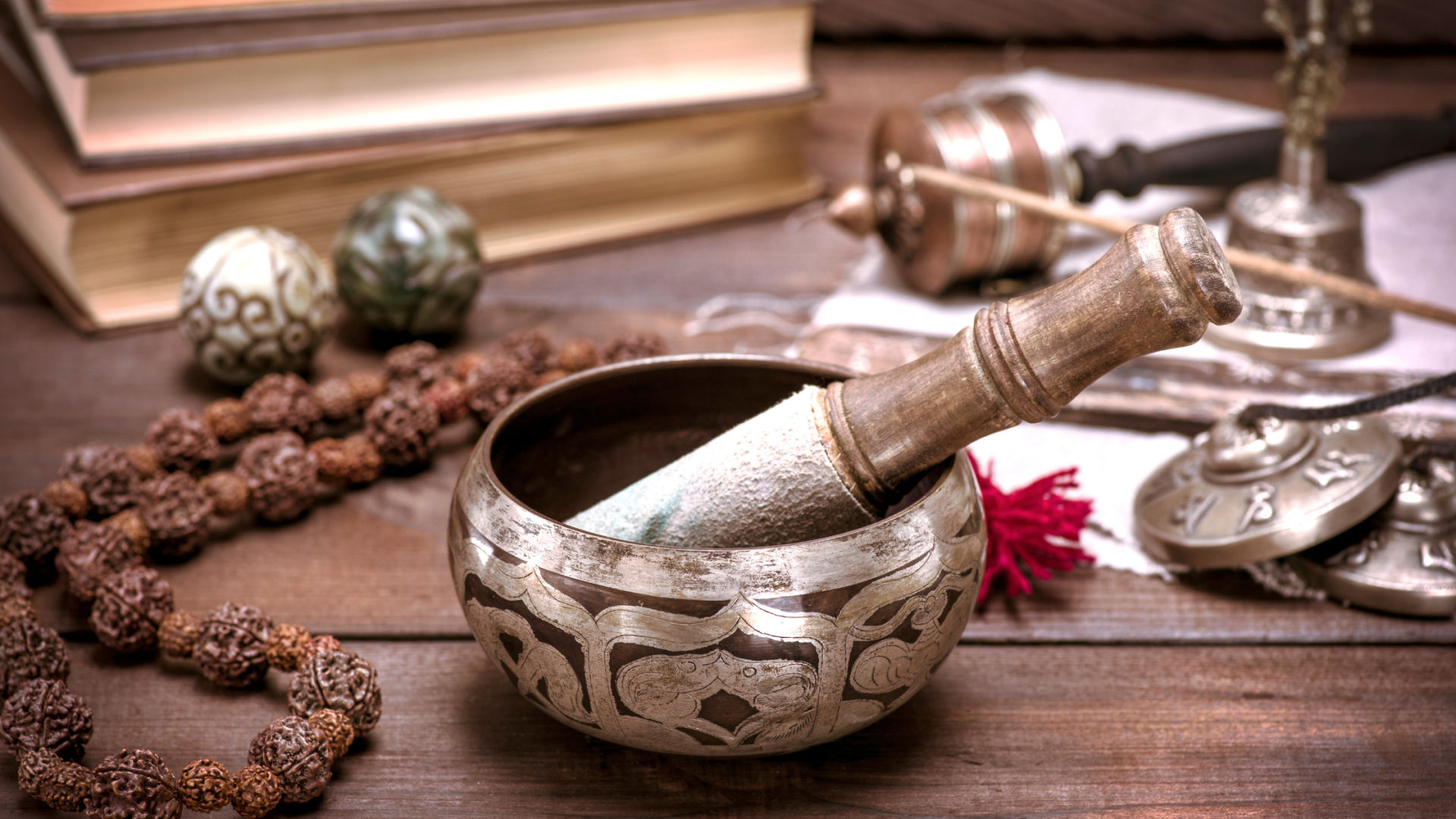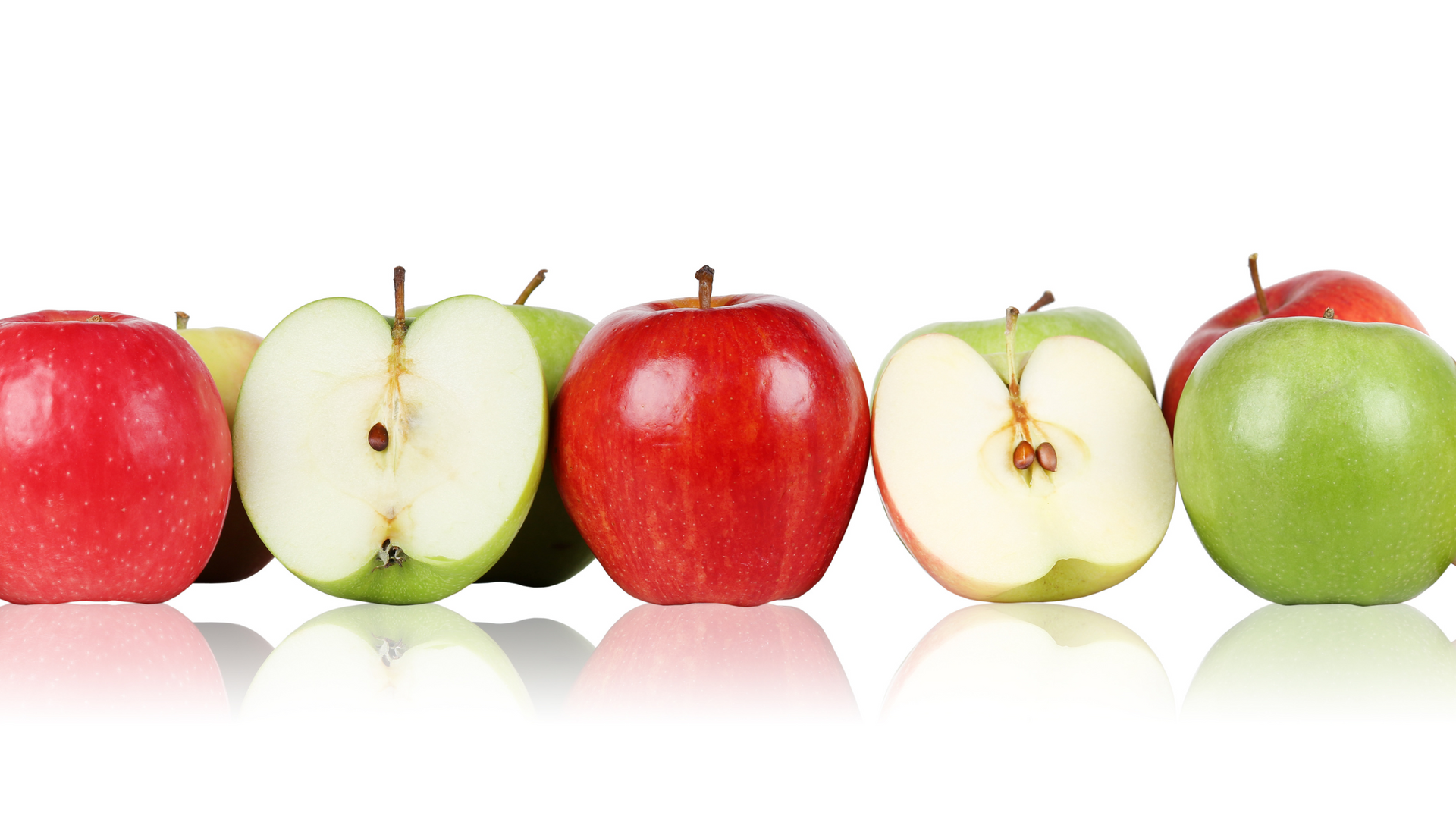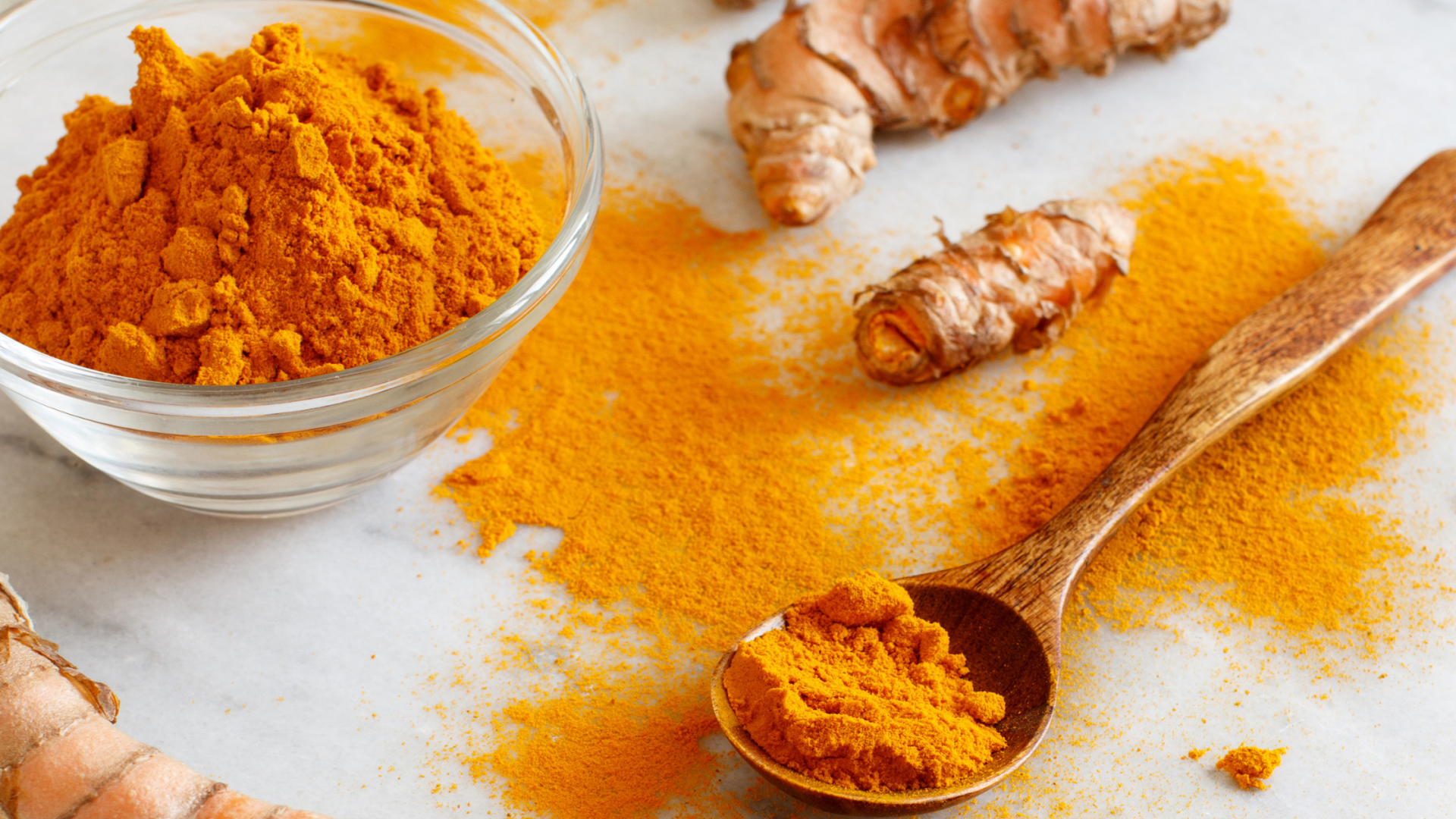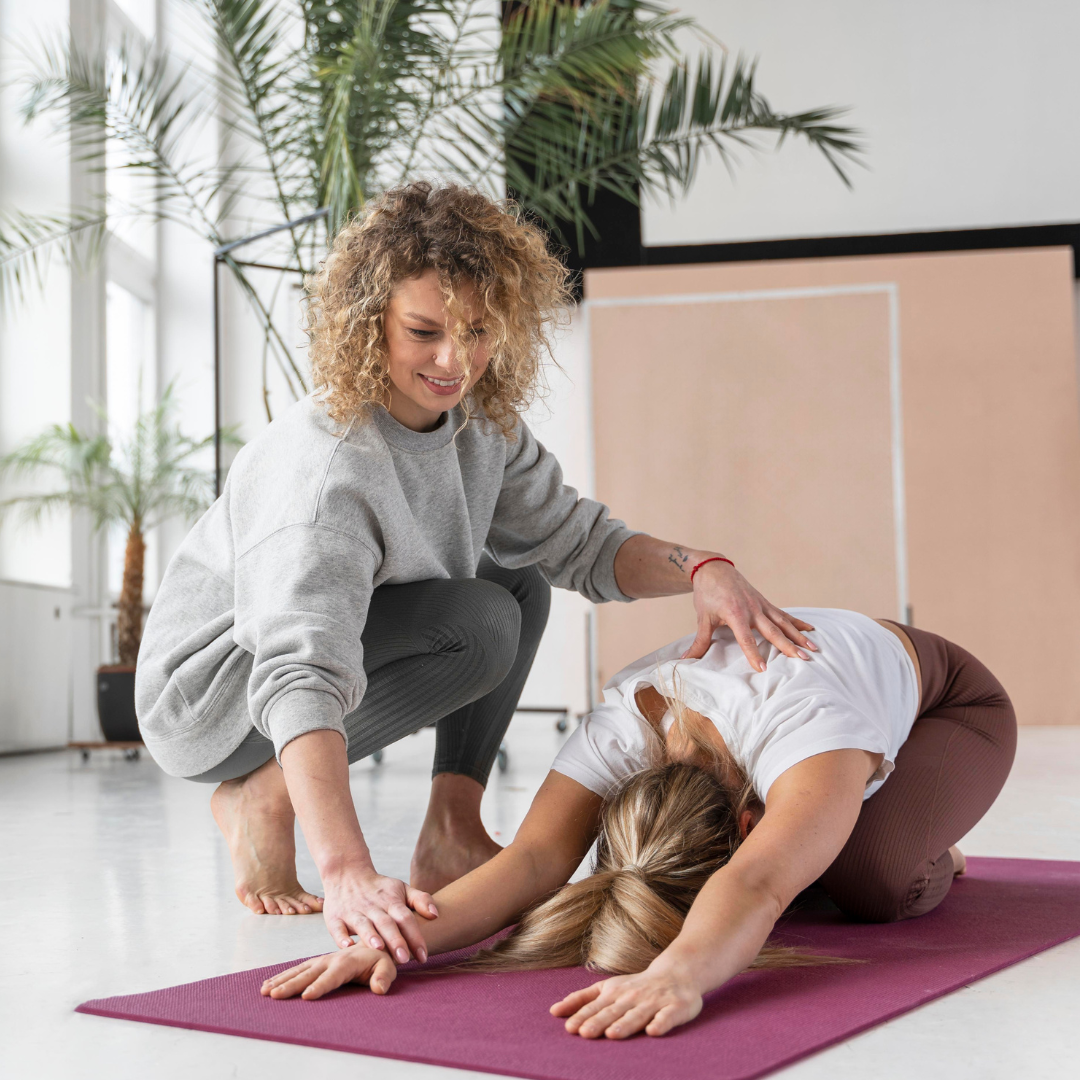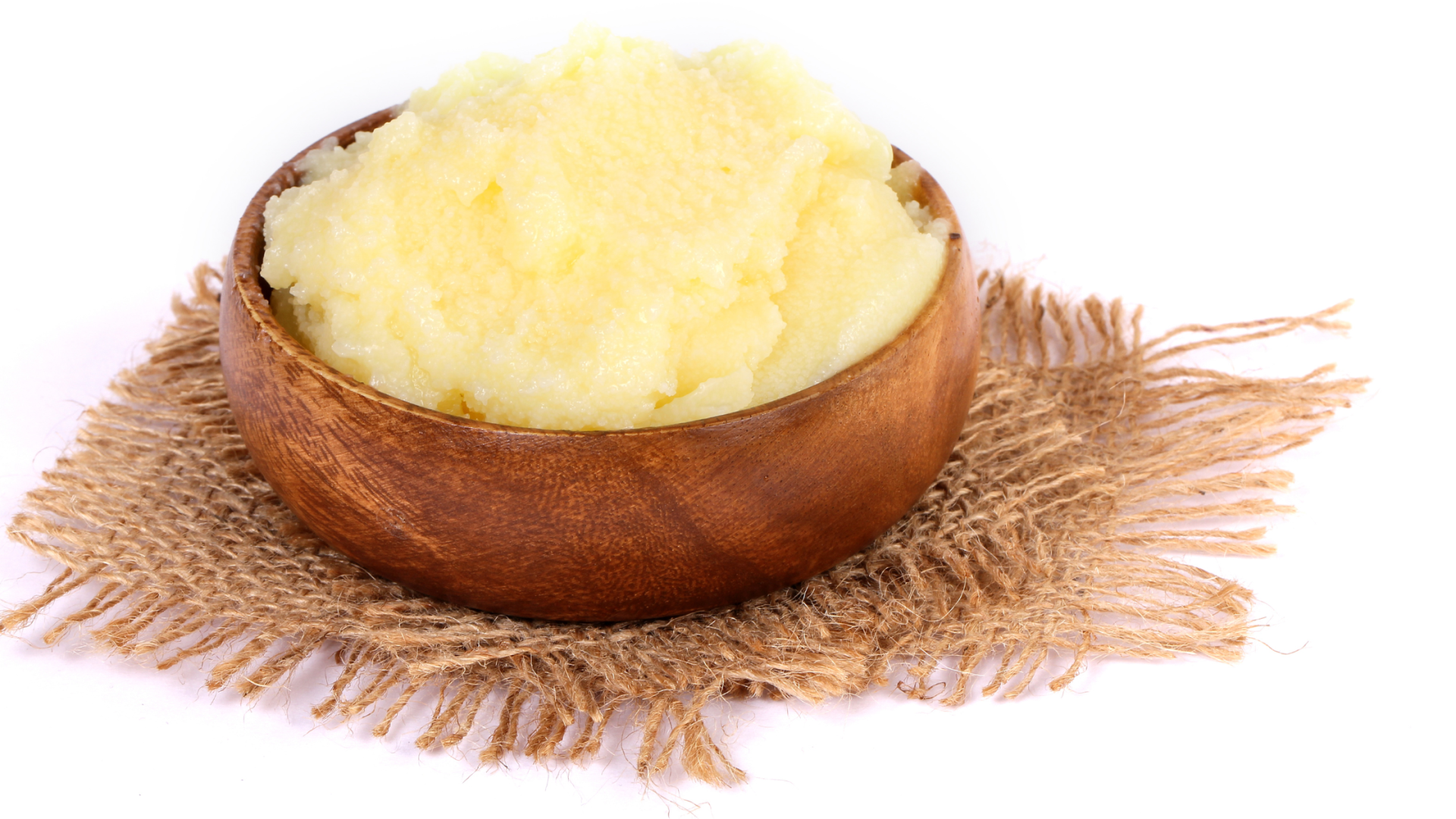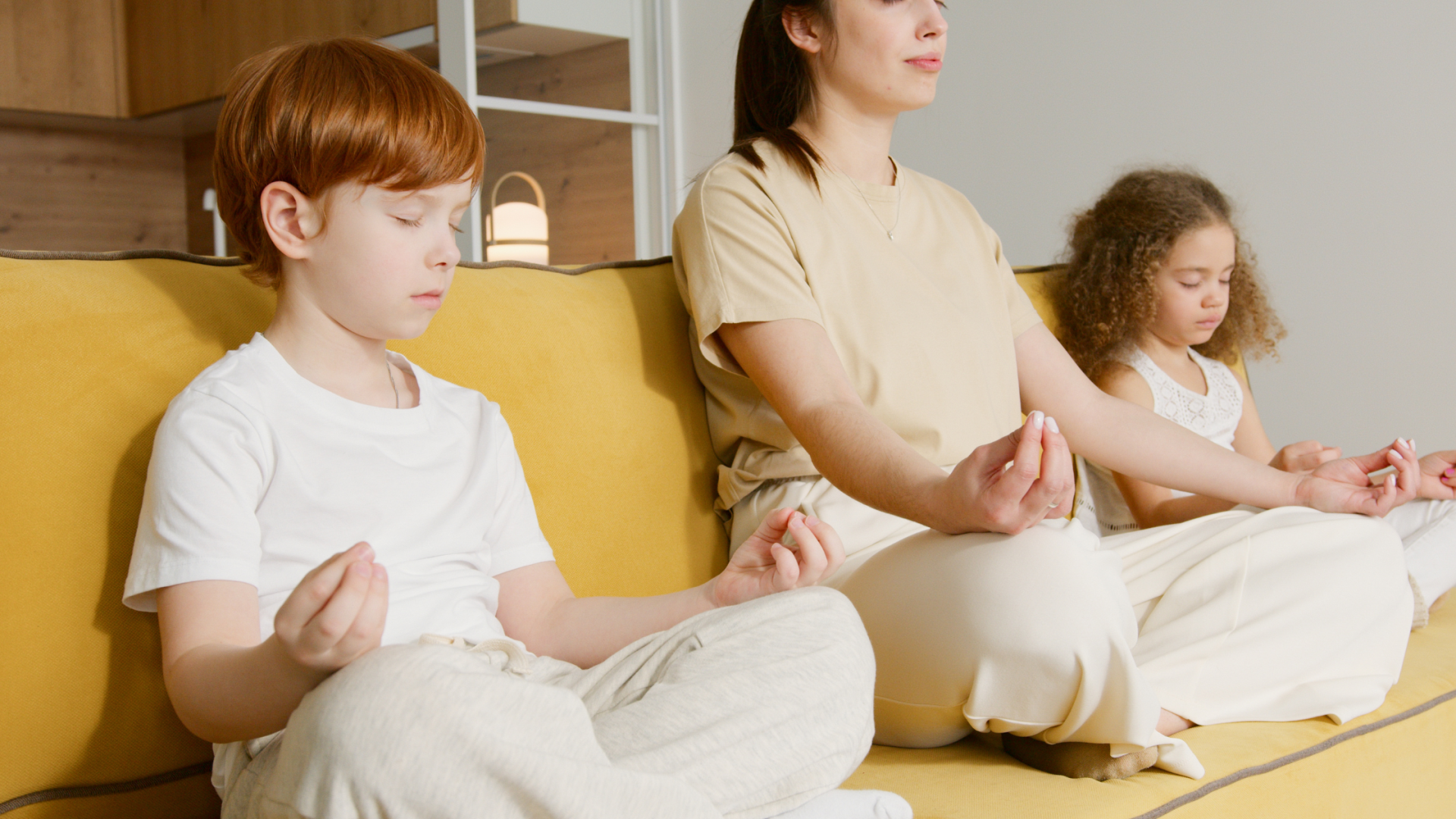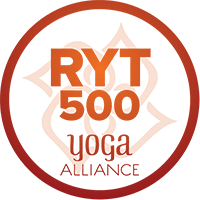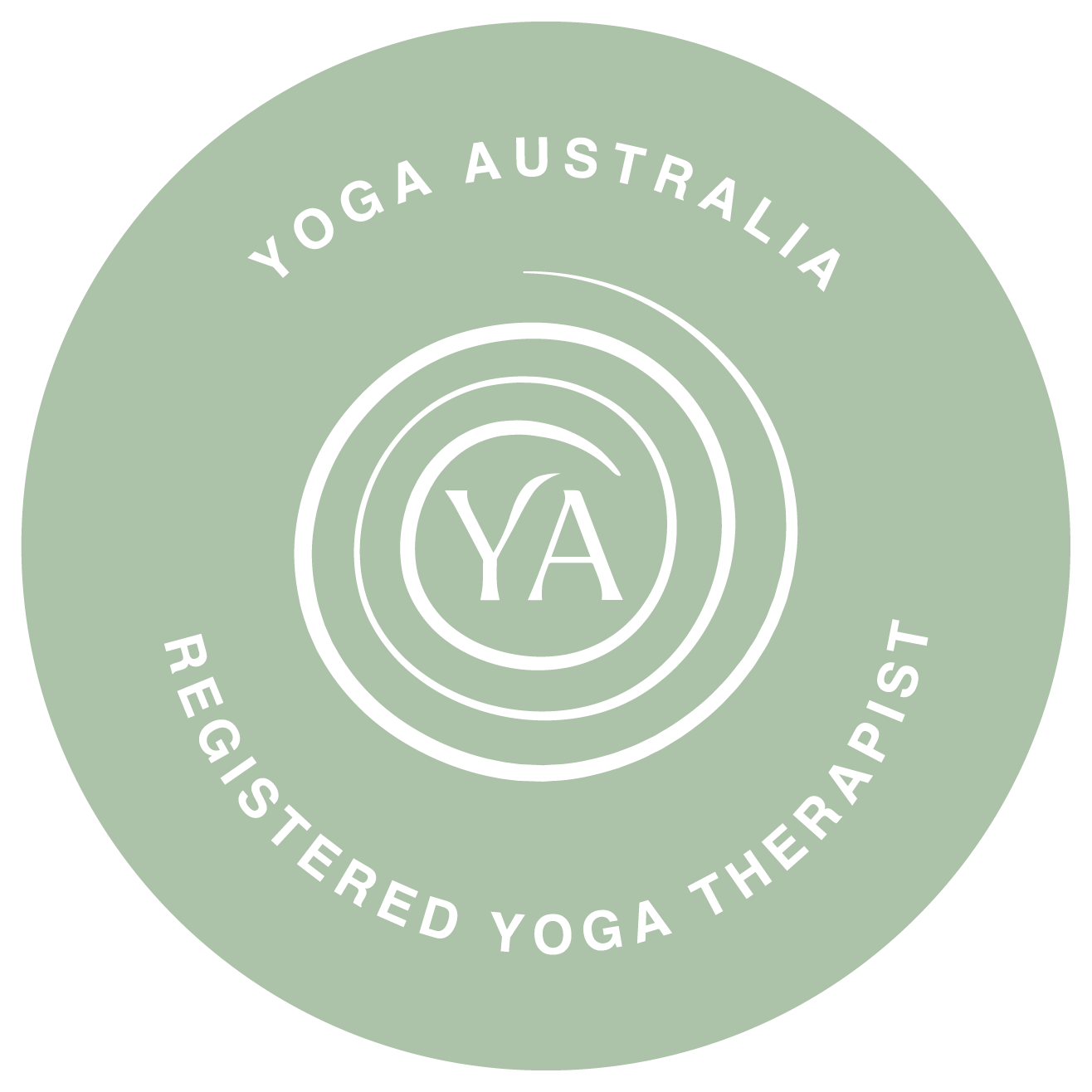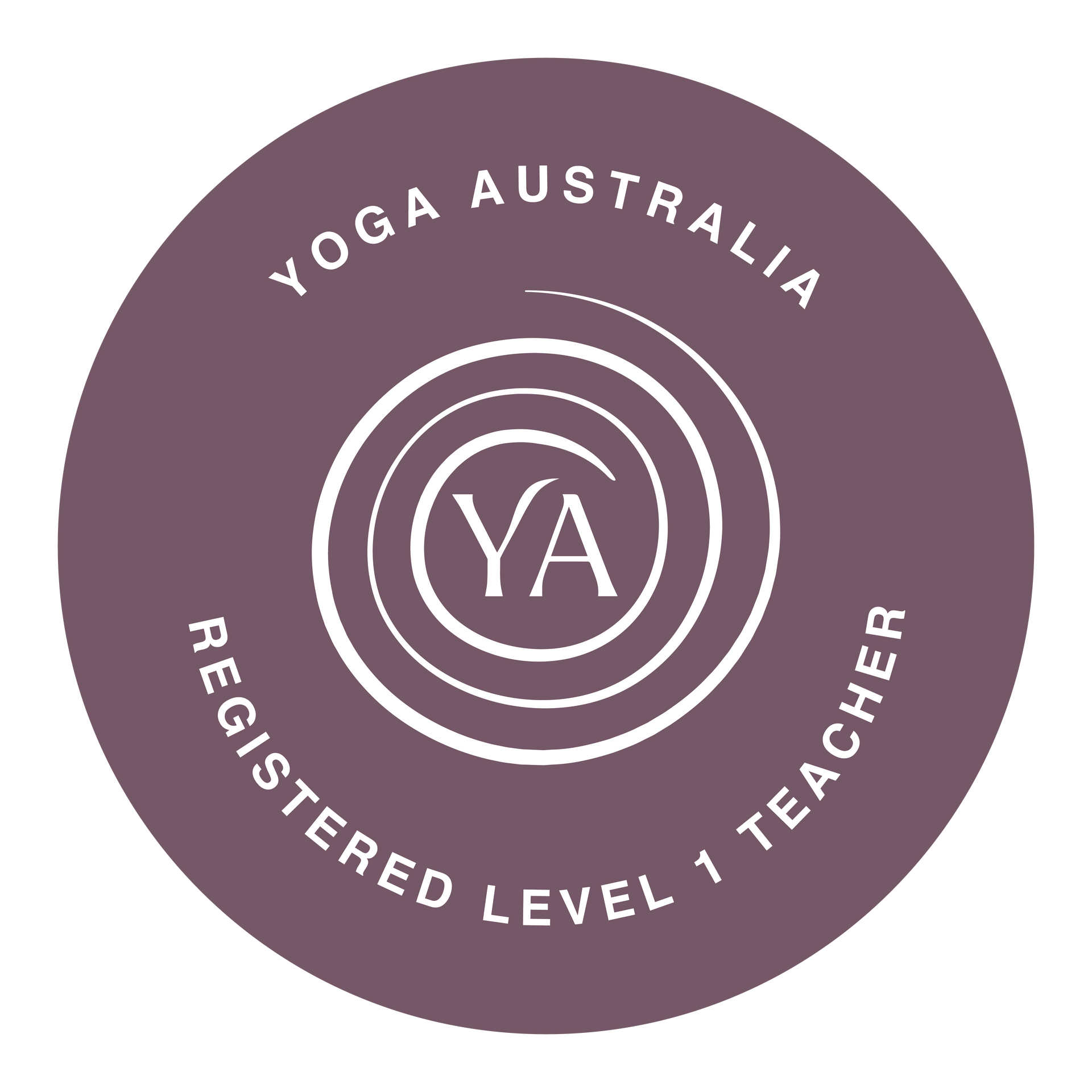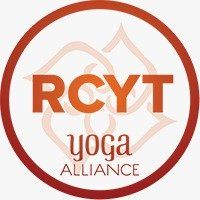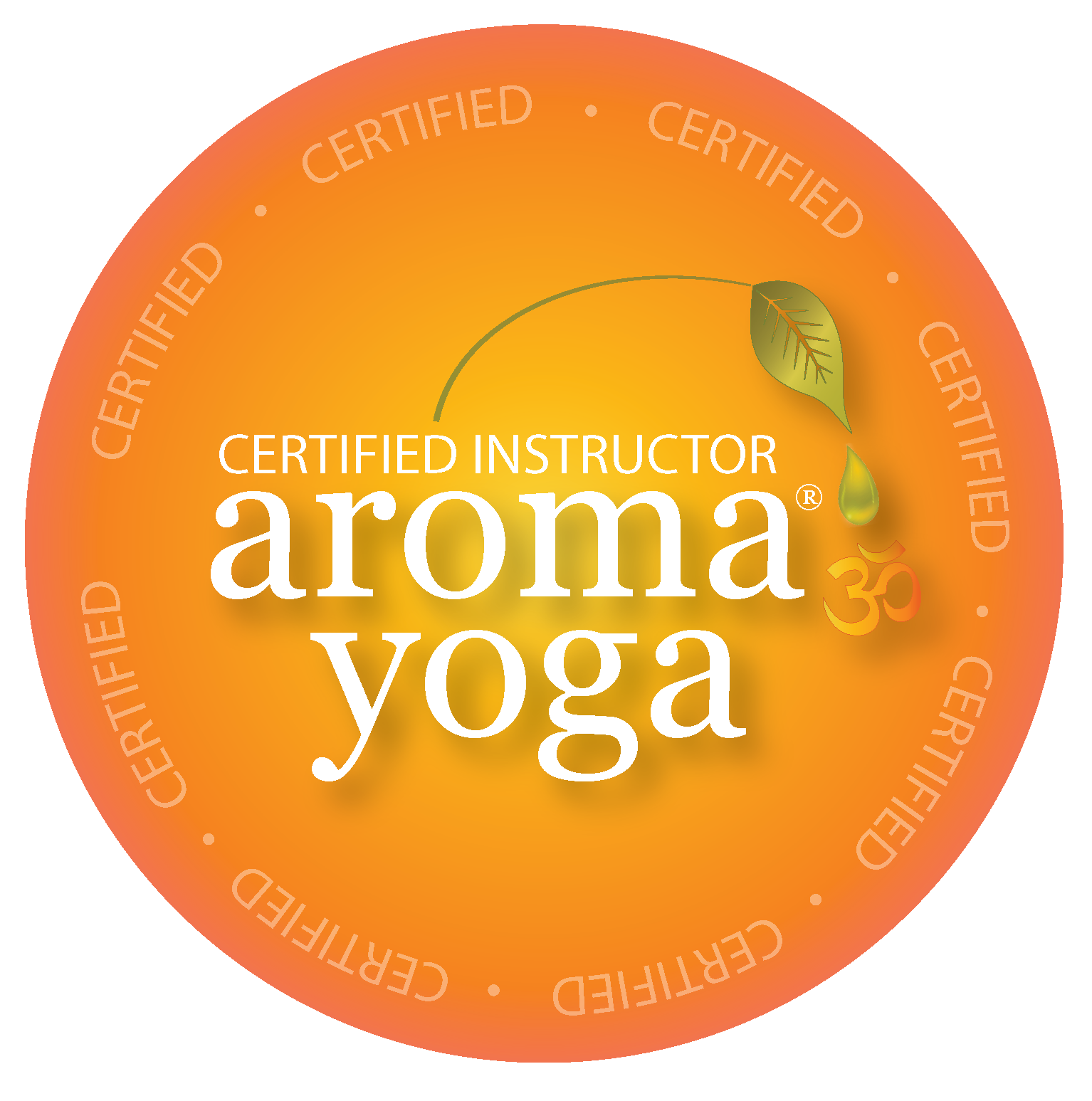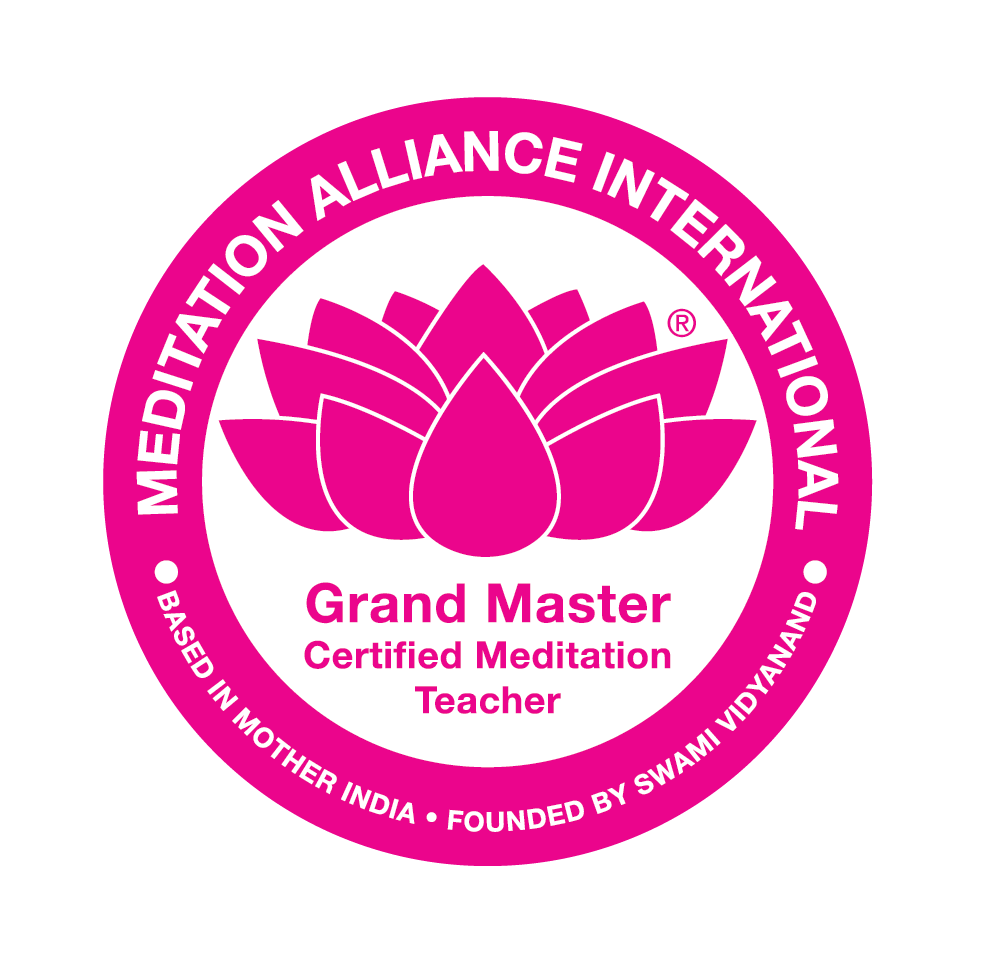What is Yoga?
What is Yoga?
While this may seem like a simple question, yoga has actually been defined in many ways.
Yoga is a Sanskrit word that comes from the same root as the Latin "yoke', meaning to join together. Perhaps the best translation of it would be "union".
Union of what? That depends. It depends on your personal perspective. Many people look for the following common forms of union in yoga:
- union of body, mind and spirit
- union of conscious and unconscious mind (or bringing the unconscious into awareness)
- union of "lower self' and 'higher self'
- union of the individual soul and the Divine
- union of one's male side and female side
- union of Yin and Yang
In many ways, when we think of union, we might think of connection. All humans actually seek connection of some sort - connection, to self, connection to others, connection to the universe, connection to a greater love.
Patanjali, the Father of modern yoga and the yoga sutras, talks about yoga being mastery of the mind, or stillness of the mind. The objective of yoga being to understand the true reality of nature and the true nature of self.
Indus Valley, where Yoga is thought to have originated over 5000 years ago
In my 200 HR yoga teacher training, my teacher said that yoga was union - the union of body, mind and spirit. She officially defined yoga as "yoke, union, path, the effort put into attaining potential, the physical and mental practices originating in philosophies from India".
Last weekend I did two immersion days for the advanced 300 HR yoga teacher training I am doing. There was a strong emphasis on becoming aware of how glamorised yoga has become in recent years and how this completely takes away from the history and origins of this practise that has thousands of years of history and philosophy as its base. Ancient symbols such as om, the hand of fatima, deities, the glamoristaion of national costumes in modern fashion shows, and words such as namaste (or the play on words such as namaslay) plastered across social media, on clothing and jewellery lines and plastered across billboards is actually quite offensive to many South East Asian Indians and descendants of the true path of yoga. Classes such as "Yin and Vin", and practises such as using namaste incorrectly (which I have to admit I have done before this weekend training) may be great marketing ploys to fill classes and routines we thought were correct, but they totally go against a true yoga practice.
"When we mistake yoga for a workout routine, reduce it to physical fitness or even do some of the deeper aspects of yoga without an eye to the whole system of liberation it offers, we rob ourselves and each other of the potential of this practice" says Susanna Barkataki.
There have been many misunderstandings as to what yoga is in the West today. The problem with these misunderstandings is they can actually dilute yogic teachings to the point where yoga is barely recognisable at all. Within the tradition of yoga, are the seeds we need to understand how to honour the full expanse of a yoga practice.
At this training we were encouraged to educate our students not only on the physical practice of yoga, but also the philosophy, history and roots of yoga. This is definitely something that I will be exploring. It has really brought my awareness back to the true meaning and practice of yoga and I look forward to sharing more with you.
If you want to delve deeper into this, I highly recommend the Book, "Embrace Yoga's Roots" by Susanna Barkataki
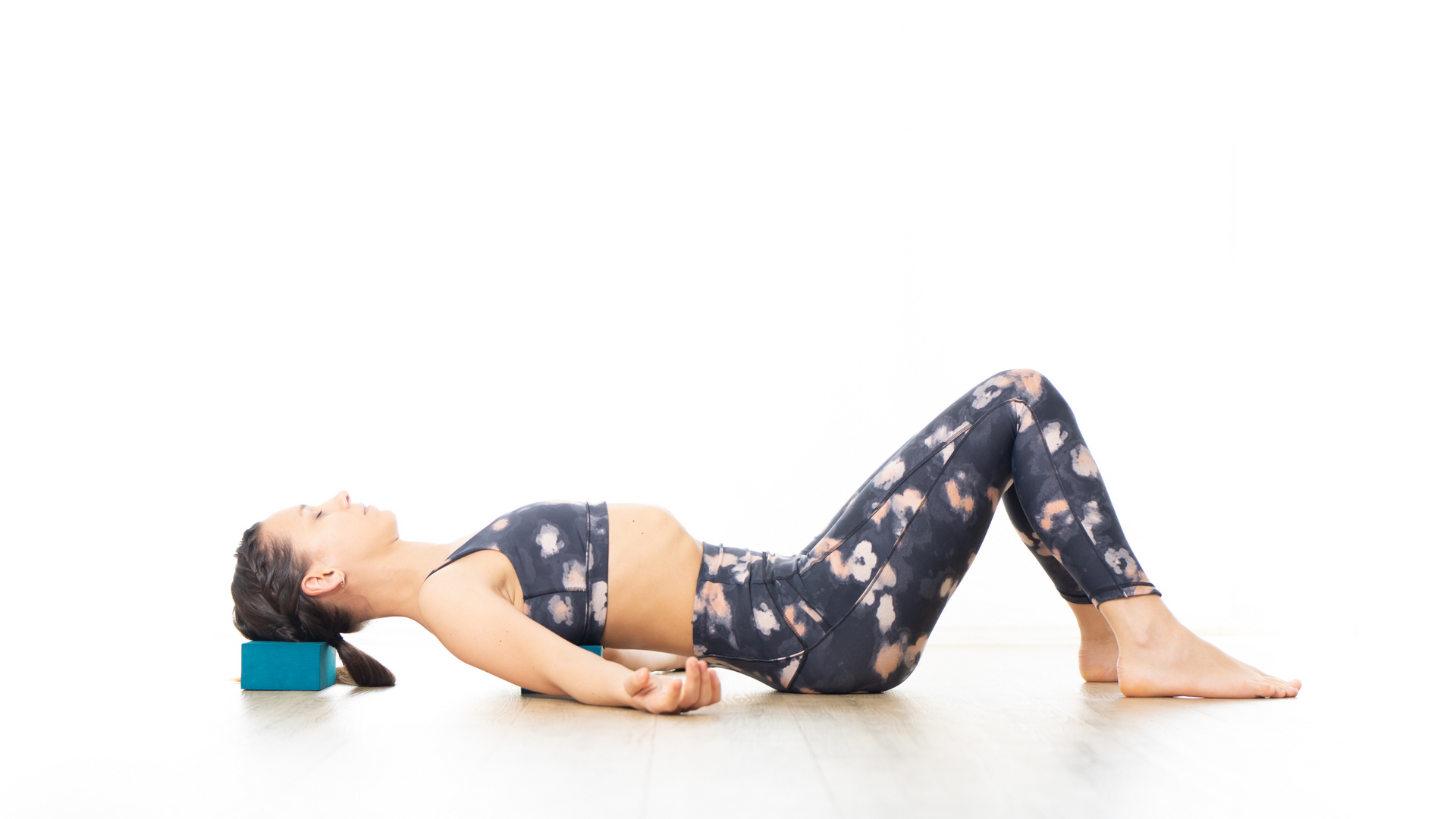
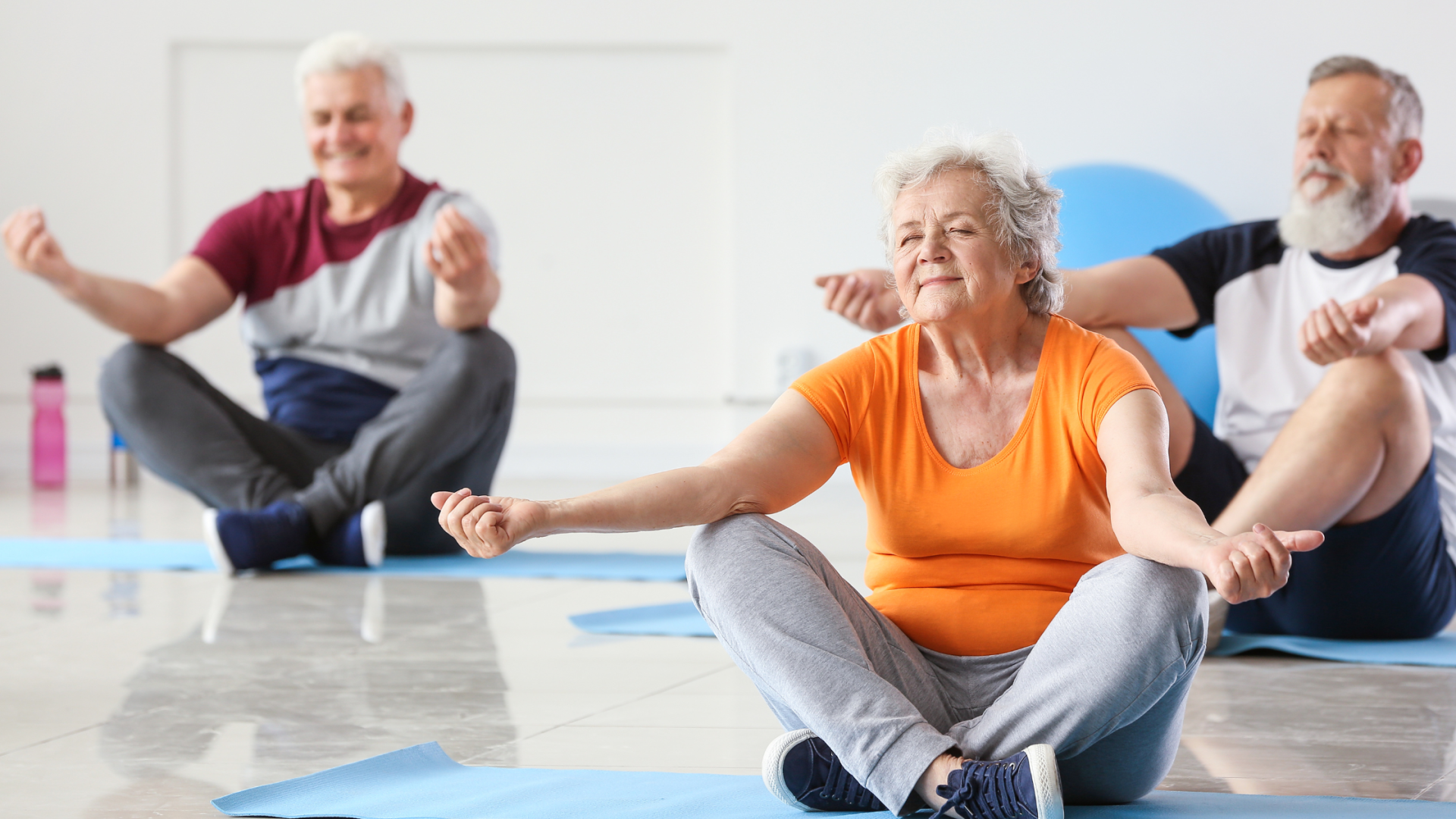
Join our mailing list for news and updates.


